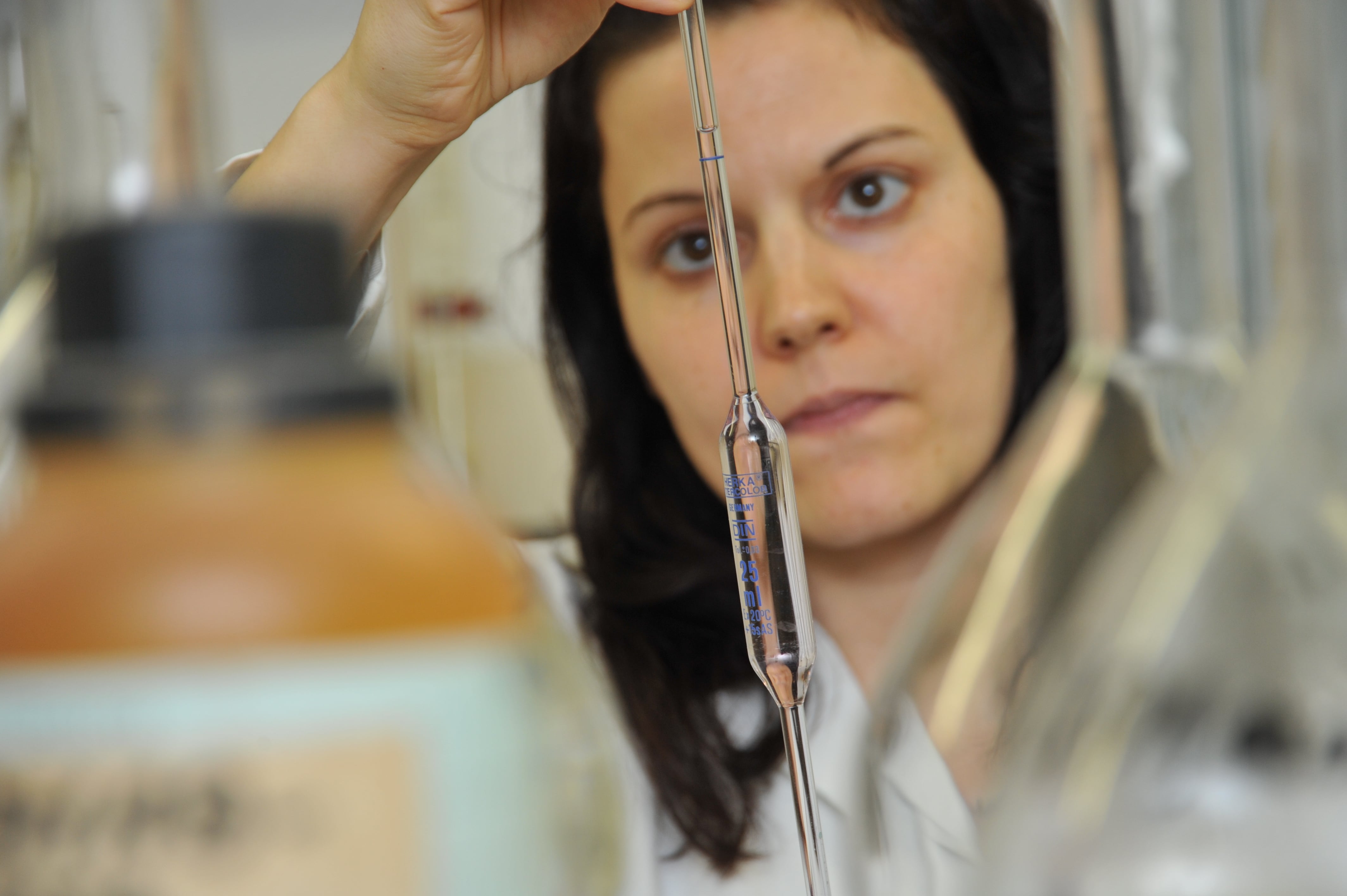Rosenau feed laboratory
Many samples from basic feed sent to the Rosenau feed laboratory. The individual determination of the digestible substance on the basis of laboratory tests is complex and not economically affordable. Digestion experiments with live animals are reserved for scientific research. For this reason, standard assessment practice uses a calculation method that is as closely adapted to national conditions as possible. Their origin usually lies in available feed value tables . Their creation requires a large amount of practical data and supplementation with scientific relationships such as those provided by research.
process of the project
Based on a meta-analysis of meadow feed that has been examined in digestion tests with mutton over the last 40 years, functions for the digestibility of raw nutrients and structural substances could be derived. The aspects of vegetation stage and preservation that are important for meadow fodder were taken into account. The digestion experiments used come from the four HBLFA Raumberg-Gumpenstein projects, which today essentially form the framework of basic feed research in Austria. The connections to digestibility and energy concentrations examined in the laboratory are also described. The results from Gumpenstein were supplemented by studies from the Rosenau feed laboratory in order to carry out a joint assessment.
The results from the feed evaluation form the basis for a successful ration calculation. The aim is to prevent both over- and under-supply of the animals. This makes sense from a production and economic point of view, ensures the health of the animals and protects the environment. This has long been well researched for energy supply and is self-evident. When it comes to protein supply, the system currently used is robust, but cannot respond very precisely to the individual needs of the animals. the CNCPS evaluation system to carry out a more detailed examination of slowly and quickly digestible protein fractions. This means that current data is now available for improving the protein supply of ruminants.
From the Update Feed Value report p. 55 to p. 96
team

Dr. Thomas Guggenberger, MSc
Head of the Institute for Livestock Research
DIin Stefanie Gappmaier
sheep and goats
Dr. George Terler
Milk production and animal nutrition







